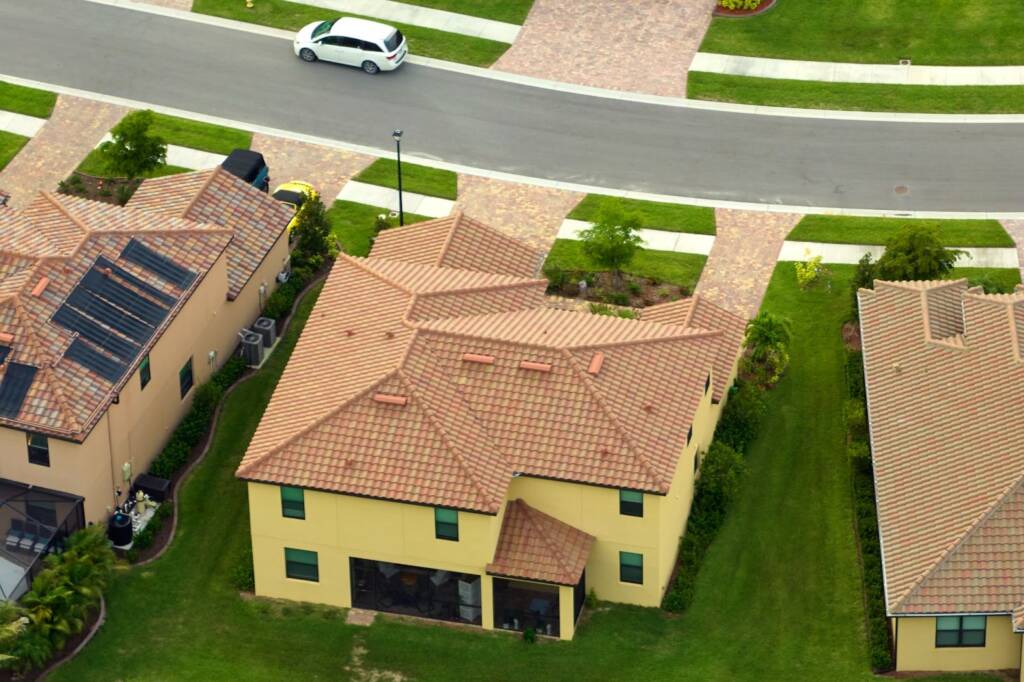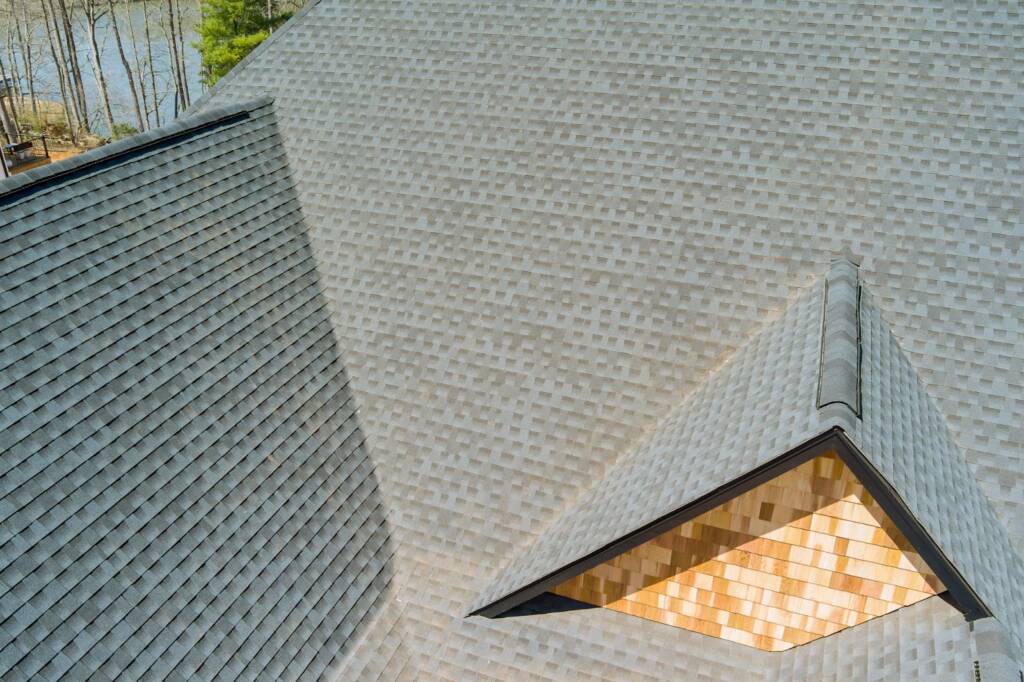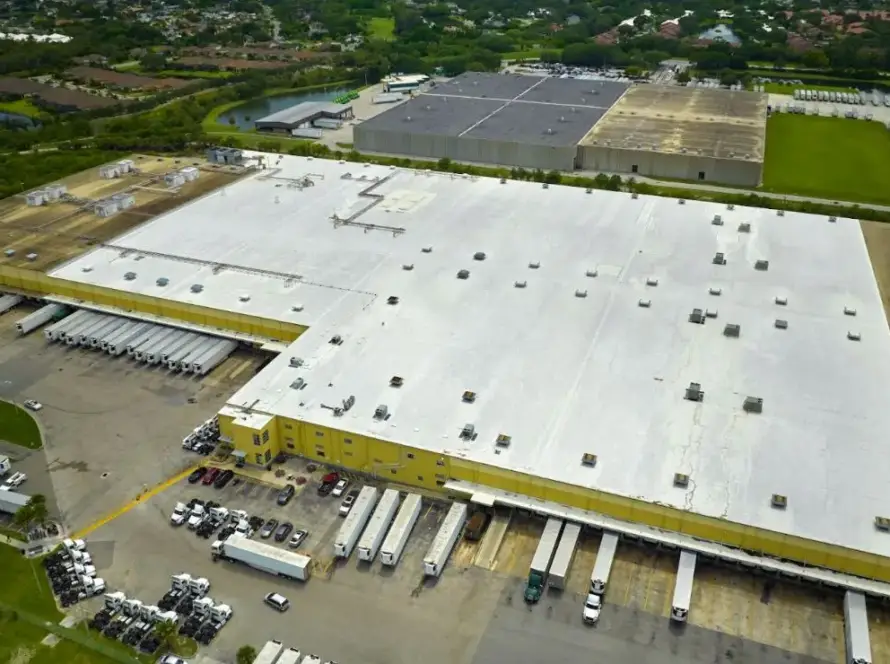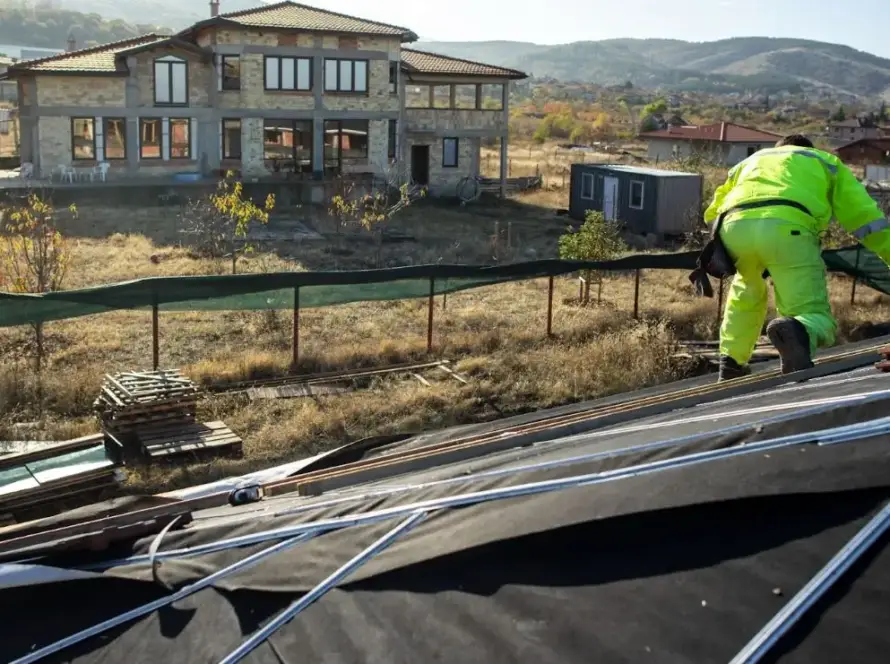A shingle roof is one of the most common choices for homes. It protects from the elements while enhancing the home’s overall appearance. Over time, wear and tear take their toll, causing homeowners to wonder how long their roofs will last. Knowing the lifespan of a shingle roof helps in planning for maintenance, repairs, or eventual replacement. Making informed decisions about roofing materials can save money and prevent unexpected damage.
Factors That Affect Shingle Roof Longevity
Many factors influence how long a shingle roof lasts. While some factors, like weather, are beyond control, others, such as installation and maintenance, are manageable. Homeowners who take proactive steps can significantly extend the life of their roofs. Investing in the right materials and professional installation pays off in long-term durability.
Roof Installation Quality
A well-installed roof lasts longer than a poorly done one. Incorrect nailing weakens shingles and makes them vulnerable. Poor alignment creates weak points for leaks and damage. Hiring a skilled roofer prevents these common issues. Ensuring a proper installation increases overall roof performance.
Routine Maintenance and Repairs
Regular inspections prevent minor problems from getting worse. Cleaning gutters stops water buildup that weakens shingles. Immediately replacing damaged shingles avoids widespread deterioration. Professional maintenance helps spot hidden issues. Addressing minor concerns extends the life of the entire roof.
Ventilation and Insulation
A balanced attic keeps the roof in good condition. Poor ventilation traps moisture and causes mold or rot. Excessive heat from poor insulation weakens the materials. A well-ventilated roof lasts significantly longer. Proper attic airflow prevents premature roof failure.
Quality of Roofing Materials
Not all shingles are created equal. High-quality shingles made from durable materials last longer than budget options. Some premium brands offer stronger weather resistance and UV protection. Investing in superior shingles pays off in longevity. Choosing quality materials helps prevent early deterioration.
Roof Slope and Design
The pitch and design of a roof impact its durability. Steeper roofs shed water and snow more effectively, reducing wear. Low-slope roofs tend to collect moisture, leading to faster aging. Proper drainage prevents water damage and mold growth. A well-designed roof structure enhances longevity.
Regional Climate and Environmental Exposure
Homes near coastal areas experience salt exposure, which can accelerate shingle deterioration. High humidity levels promote moss, algae, and mold growth on shingles. Frequent freeze-thaw cycles in colder regions can cause cracks and brittleness. Areas prone to wildfires may require fire-resistant roofing materials. Adapting roofing choices to local climate conditions helps prolong lifespan.
Quality of Underlayment and Roofing Components
Underlayment acts as a protective barrier against moisture penetration. Poor-quality underlayment can lead to leaks even if shingles are intact. Flashing, drip edges, and sealants contribute to long-term roof durability. Choosing high-grade components ensures added protection against wear. Investing in complete roofing systems enhances overall performance.

Impact of Foot Traffic and Roof Accessibility
Frequent walking on the roof can weaken shingles and create pressure points. HVAC maintenance, satellite dish installations, and chimney repairs often require roof access. Using proper walkway pads or minimizing foot traffic helps preserve shingles. Hiring professionals for roof-related work prevents accidental damage. Educating homeowners on safe roof access practices reduces unnecessary wear.
Storm Preparedness and Preventative Measures
Reinforcing shingles with adhesive strips helps prevent wind uplift. Storm straps and impact-resistant shingles offer better protection in hurricane-prone regions. Clearing debris before and after storms minimizes the risk of damage. Regular inspections after severe weather ensure early detection of issues. Taking preventative measures enhances a roof’s ability to withstand extreme weather.
How Long Does a Shingle Roof Last?
The lifespan of a shingle roof depends on various factors, including material quality, installation, and environmental conditions. While some roofs may last only a few decades, others endure for nearly half a century with proper care. Homeowners need to understand these variables to get the most out of their investment. Learning about the longevity of different shingles helps choose the best option for long-term durability:
Asphalt Shingles and Their Expected Lifespan
Asphalt shingles are the most popular and cost-effective choice. Depending on quality, they usually last 15 to 30 years. Architectural shingles last longer than three-tab shingles. Proper installation and maintenance help maximize their lifespan. Regular inspections and timely repairs prevent premature deterioration.
Architectural vs. Three-Tab Shingles
Architectural shingles last 25 to 30 years or more, while three-tab shingles typically last 15 to 20 years. Architectural types are thicker and more durable, and the added cost pays off in longevity and better protection. Choosing the right type depends on budget, climate, and desired lifespan.
Impact of Climate and Weather Conditions
Extreme heat weakens shingles faster, causing cracks. Heavy snow and ice add weight that leads to damage. Strong winds can lift or tear shingles away. Proper ventilation reduces heat buildup and extends durability. Understanding climate effects helps in selecting a more resilient roofing option.
Common Mistakes That Shorten Shingle Roof Lifespan
Homeowners often make errors that reduce the durability of their shingle roof. Ignoring regular maintenance leads to undetected damage that worsens over time. Using a pressure washer to clean shingles strips away protective granules, making them more vulnerable. Avoiding these mistakes helps in prolonging the roof’s longevity.
Impact of UV Radiation and Sun Exposure
Constant exposure to direct sunlight weakens shingles over time. UV rays break down the protective asphalt layer, causing brittleness. Dark-colored shingles absorb more heat, leading to faster deterioration. Using UV-resistant shingles or reflective coatings can slow this process. Proper attic ventilation helps reduce excessive heat buildup.
Effect of Tree Coverage and Debris Accumulation
Overhanging trees drop leaves, branches, and debris on the roof. Moisture buildup from debris can promote moss and algae growth. Branches rubbing against shingles cause premature wear and damage. Regular trimming of nearby trees minimizes these risks. Installing zinc or copper strips can prevent algae and moss growth.
The Role of Hail and Impact Resistance
Hailstorms can cause dents, cracks, and granule loss on shingles. Some shingles come with impact-resistant ratings for better durability. Heavier, high-quality shingles withstand hail better than lightweight ones. Inspecting the roof after a storm helps identify potential damage. Homeowners in hail-prone areas should consider impact-resistant options.
Effects of Poor Drainage and Ice Dams
Blocked gutters lead to water pooling, which weakens the roof structure. Ice dams form when heat escapes from the attic, melting snow unevenly. The refreezing of melted snow causes water to seep under shingles. Proper insulation and ventilation prevent heat loss and ice dam formation. Keeping gutters clean ensures efficient water drainage.

Understanding Shingle Roof Warranties
A roofing warranty provides homeowners with protection against defects and installation issues. There are two primary types: manufacturer warranties and workmanship warranties. Manufacturer warranties cover defects in the roofing materials, while workmanship warranties cover installation errors. Some warranties only last ten to 15 years, while premium options can extend up to 50 years. Reading the fine print helps homeowners understand what is covered and what can void the warranty.
Maintaining and Validating Your Roof Warranty
Homeowners should register their warranty with the manufacturer and keep all documentation for future claims. Regular maintenance, such as inspections and proper ventilation, helps maintain warranty validity. Some warranties may require certified roofers to perform any repairs. Understanding the terms and limitations ensures homeowners can fully utilize their coverage. Choosing high-quality shingles with an extended warranty provides long-term peace of mind.
When to Replace a Shingle Roof
A roof does not last forever, and it is crucial to recognize when it needs replacement. Ignoring the signs of deterioration can lead to costly damage. Understanding when to invest in a new roof prevents leaks and structural problems. Homeowners should pay attention to clear warning signals before the damage becomes severe.
Visible Damage and Deterioration
Cracked, curled, or missing shingles are signs of wear. Granule loss makes shingles weak and less protective. A sagging roof suggests underlying structural problems, which means a replacement is needed soon. Regular visual inspections help detect these early warning signs.
Frequent Leaks and Water Damage
Leaks worsen over time and cause interior damage. Water stains on ceilings signal a roofing problem. Mold or mildew growth points to trapped moisture. Persistent leaks usually mean the roof is failing. Promptly addressing water damage prevents costly interior repairs.
Increasing Energy Bills and Poor Insulation
A failing roof allows heat or cold to escape, raising energy costs. Poor insulation leads to inconsistent indoor temperatures. If energy bills keep rising despite HVAC efficiency, the roof could be the problem. Upgrading to a new roof improves energy efficiency. A properly insulated roof reduces heating and cooling expenses.
How Long Does a Shingle Roof Last? Secure Your Home’s Future
Your roof is more than just a structure; it’s a guardian that shields your home and family from the elements. Every decision, from material selection to maintenance, shapes its longevity and performance. Investing in quality roofing and proactive care today ensures fewer worries and greater savings. Don’t wait until leaks, damage, or energy inefficiency force your hand. Take control now, choose wisely, and build a roof that stands the test of time. Choosing the right shingles and properly maintaining them ensures long-lasting protection—proactive homeowners save money and avoid major issues. A durable roof brings peace of mind and lasting security.
Protect your home with knowledge—explore the Pinnacle Roofing LLC blog now!


